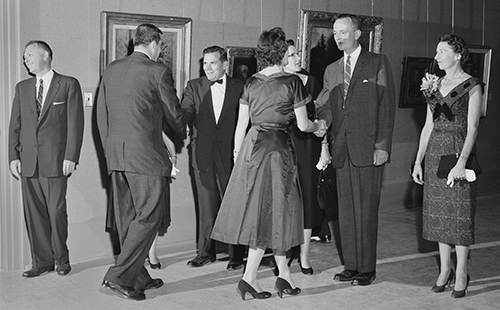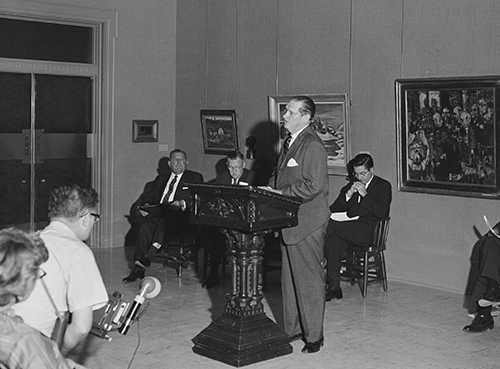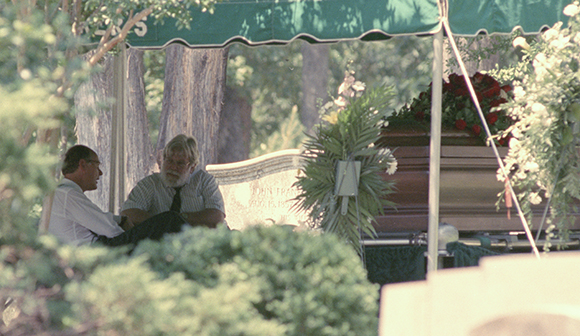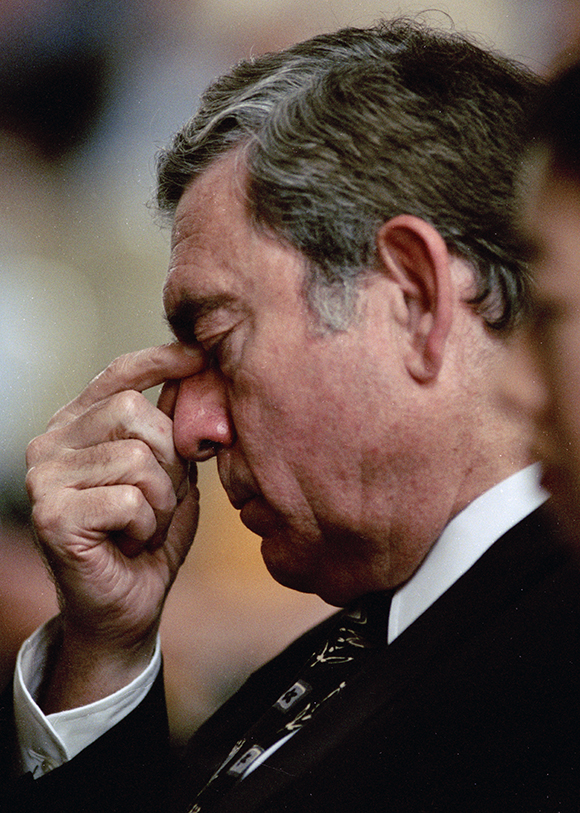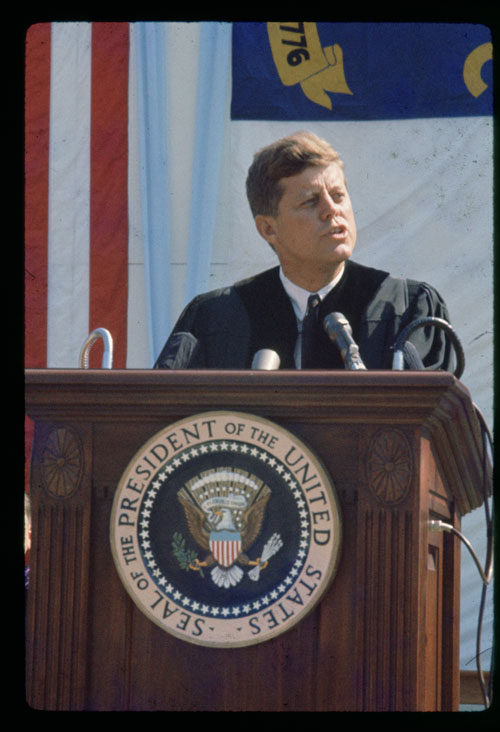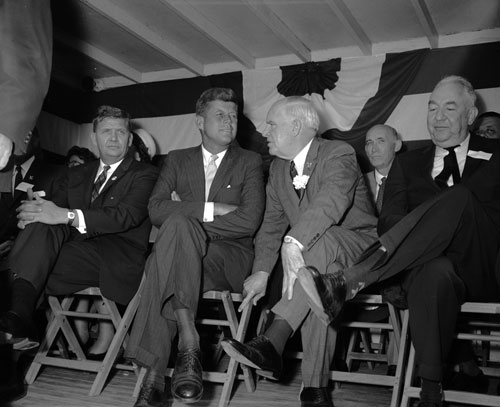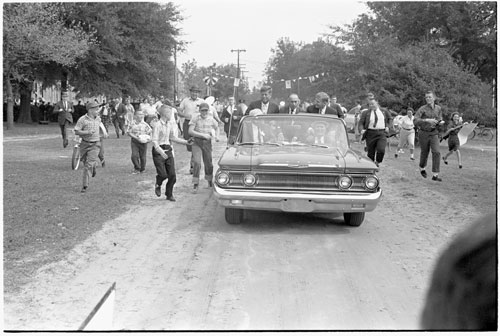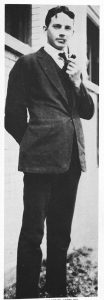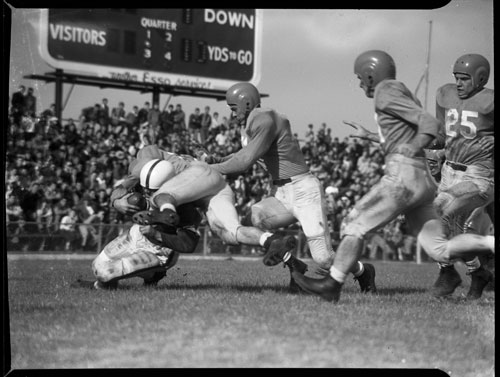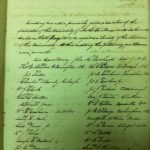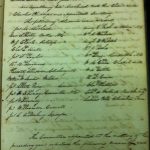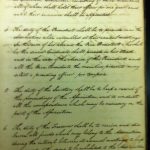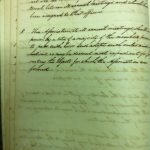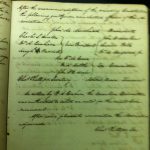“….Students and townspeople, returning to work or classes after a late lunch, heard the news and flocked to radios, television sets and wire service tickers in town and on the campus. Preparations for the Beat Dook parade ground to a halt as the parade was canceled…. As the news spread over the campus and the […]
“….Students and townspeople, returning to work or classes after a late lunch, heard the news and flocked to radios, television sets and wire service tickers in town and on the campus. Preparations for the Beat Dook parade ground to a halt as the parade was canceled…. As the news spread over the campus and the town, traffic gradually slowed and shocked people didn’t want to comment on their feelings.”
“Campus Reacts in Shock as Tragic News Spreads,” The Daily Tar Heel, November 23, 1963.
“Three minutes after news of the President’s death was received, the bell in South Building began tolling, followed by knells from the Morehead-Patterson Bell Tower. An ROTC Band ready for the Beat Dook parade walked at slow-time through the University campus, with horns muted in a funeral dirge. Then a combined Air Force and Naval ROTC unit held a retreat ceremony at the campus flagpole. Some 200 yards from where the President had spoken in Kenan Stadium on Oct. 12, 1861, a lone bugler blew ‘Taps,’ and from a hilltop overlooking the stadium another bugler echoed the mournful notes.”
“A Funeral Dirge & Mournful Taps,” The Chapel Hill Weekly, November 22, 1963.
“Full comprehension of President John F. Kennedy’s death came slowly in Chapel Hill. Hours after official confirmation of his death an air of disbelief hung about most of the Town, almost as if people were trying deliberately to avoid the full impact of the news. There were few public displays of open grief, none of anything like hysteria. But the affairs of the Town slowed perceptibly almost everywhere, in places halted totally. Activity that continued did so with numb roteness.
All along Franklin Street knots of people bunched around radios and television sets in stores. It was possible to pace completely through the business block and never be out of earshot of news of the President’s assassination. The Post Office flag was lowered to half-mast immediately on confirmation of the President’s death. Many of the crowd along the street had come to watch the Beat Dook parade, but news of the parade’s cancellation did not circulate completely right away. About a hundred expectant spectators sat on the wall along the south side of Franklin Street.
….In front of Electric Construction Company a crowd bulged along the sidewalk, watching a television set placed in the door. Trade, at times pretty desultory, continued at most stores. The banks opened their doors for regular Friday afternoon business, but customers had no trouble finding a vacant teller’s window.
At the corner of Graham and West Franklin Street Patrolman Parrish Womble waited for rush hour traffic that never did rush. The Graham Street area, usually a merry one on Friday afternoons, was noticeably slow.
….Graham Memorial was hushed except for television sets. Student government offices closes, all student functions were cancelled. A few students shed quiet tears, but remained watching television for hours after the news first came. The Bell Tower pealed ‘The Battle Hymn of the Republic’ over the campus….
When the news came, many University classes were immediately dismissed.”
“Chapel Hill Mourns the Loss,” The Chapel Hill Weekly, November 24, 1963.
“When President Kennedy was assassinated, the report of his death was met with cheers by students in a Durham County schoolroom. A Chapel Hill grade school student’s reaction was, ‘I’m glad.’ Members of a fraternity at the University here frolicked at an out-of-doors beer bust which might not have been promoted in observance of the President’s death, but certainly was not at all sobered by the news. One coed, asked if she had heard, replied, ‘So what?’ A UNC instructor and his companion dining in Lenoir Hall were openly pleased. A formerly respected businessman said, ‘He … had it coming.’ This is what Chief Justice Earl Warren meant when he spoke of the hate and bitterness that has infected the blood of America… the outspoken hatred of supposedly mature and intelligent people is a festering sore on the face of America and it makes you wonder what in the name of God we are coming to….”
Editorial, The Chapel Hill Weekly, November 27, 1963.
Thanks to North Carolina Miscellany friend Lynn Roundtree for sharing these excerpts.

